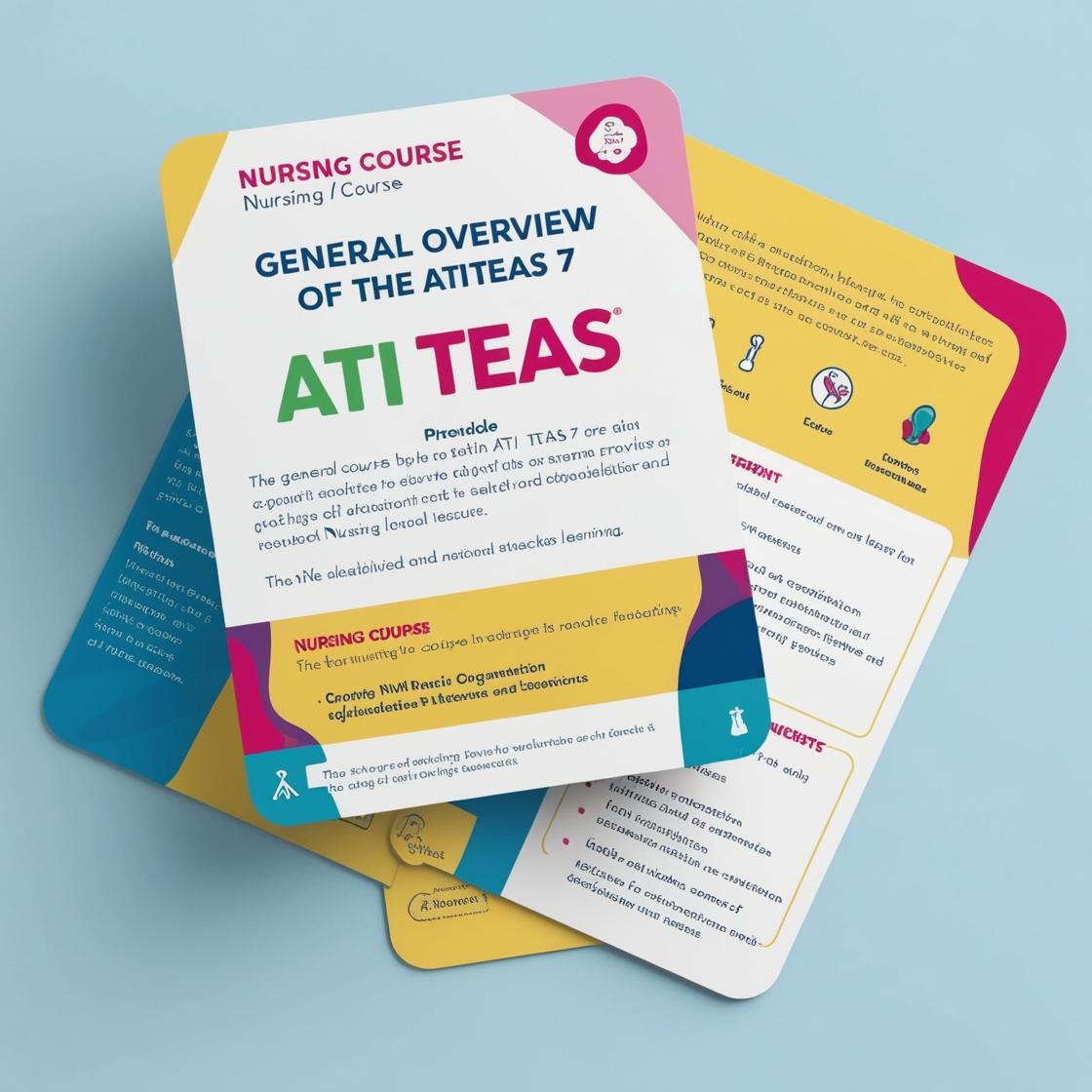ATI TEAS 7
TEAS 7 English Practice Test
1. Every morning we would wake up, eat breakfast, and break camp. Which of the following is the correct revision for the sentence?
- A. NO CHANGE
- B. we would wake up, eat breakfast, and break camp.
- C. would we wake up, eat breakfast, and break camp?
- D. we are waking up, eating breakfast, and breaking camp.
Correct answer: B
Rationale: The correct answer is B: 'we would wake up, eat breakfast, and break camp.' The original sentence is a list of actions in the past, so the verb 'break' should also be in the past tense to maintain consistency. Choice A is incorrect because 'broke' is incorrect in this context. Choice C is a question format and does not fit the original sentence structure. Choice D changes the tense to present progressive, which does not match the past tense context of the sentence.
2. What is the noun phrase in the following sentence?
- A. Puppy
- B. Charlotte
- C. German shepherd puppy
- D. Charlotte's new German shepherd puppy
Correct answer: D
Rationale: The correct answer is 'Charlotte's new German shepherd puppy.' A noun phrase is a group of words centered around a noun that functions as a subject, object, or complement within a sentence. In this sentence, 'Charlotte's new German shepherd puppy' is a noun phrase as it consists of multiple words ('Charlotte's,' 'new,' 'German shepherd,' 'puppy') and it serves as the subject of the sentence. Choice A, 'Puppy,' is not a complete noun phrase as it lacks the additional descriptors. Choice B, 'Charlotte,' is a proper noun and not a noun phrase. Choice C, 'German shepherd puppy,' is a noun phrase, but it does not include all the elements present in the complete noun phrase 'Charlotte's new German shepherd puppy.' Therefore, 'Charlotte's new German shepherd puppy' is the correct noun phrase in this sentence.
3. What does the prefix circum- mean in the word circumference?
- A. Beyond
- B. After
- C. Around
- D. Before
Correct answer: C
Rationale: The prefix 'circum-' means 'around,' which is the definition most related to 'circumference.' Circumference refers to the boundary that surrounds a circular shape. Choice A, 'Beyond,' is incorrect as it implies going further or exceeding a boundary. Choice B, 'After,' is not related to the concept of surrounding or encircling. Choice D, 'Before,' is also unrelated and denotes something occurring prior to a specific time or event.
4. Which of the answer choices best explains the purpose of the parentheses in the sentence?
- A. To offer brief commentary on the subject matter being discussed
- B. To modify or qualify the statement that came immediately before
- C. To identify information that was located using another source
- D. To set off useful information that does not fit the flow of the sentence
Correct answer: D
Rationale: The correct answer is D. Parentheses are used to set off supplementary information (the years of Franz Joseph I's reign) that provides context but does not disrupt the flow of the main sentence. Choice A is incorrect as the purpose of the parentheses in this case is not to offer commentary but to provide additional information. Choice B is incorrect as the parentheses do not modify or qualify the statement before. Choice C is incorrect as the information in the parentheses is not identified as being from another source.
5. A hundred years ago, automobiles were rare, but now cars are ubiquitous. However, she doesn't know what the word ubiquitous means. Which key context clue is essential to decipher the word's meaning?
- A. Ago
- B. Cars
- C. Now
- D. Rare
Correct answer: D
Rationale: The correct answer is 'D: Rare.' In the sentence, it is mentioned that 'a hundred years ago, automobiles were rare,' which provides the context that the opposite of rare would mean something very common, thus helping to decipher the meaning of 'ubiquitous.' Choice A, 'Ago,' refers to a time frame and doesn't directly provide a contrast to 'ubiquitous.' Choice B, 'Cars,' is mentioned in both parts of the sentence and does not help in defining 'ubiquitous.' Choice C, 'Now,' signifies the current time but doesn't contrast with 'ubiquitous' to aid in its understanding.
Similar Questions

Access More Features
ATI TEAS Premium Plus
$150/ 90 days
- Actual ATI TEAS 7 Questions
- 3,000 questions with answers
- 90 days access
ATI TEAS Basic
$99/ 30 days
- 3,000 Questions with answers
- 30 days access
